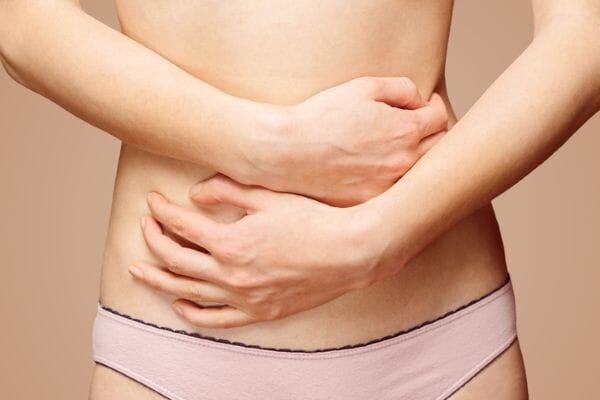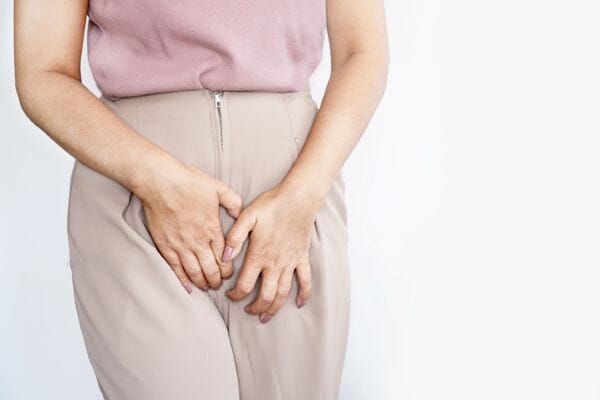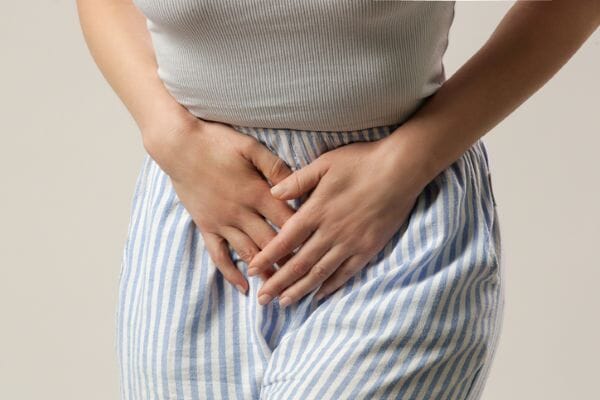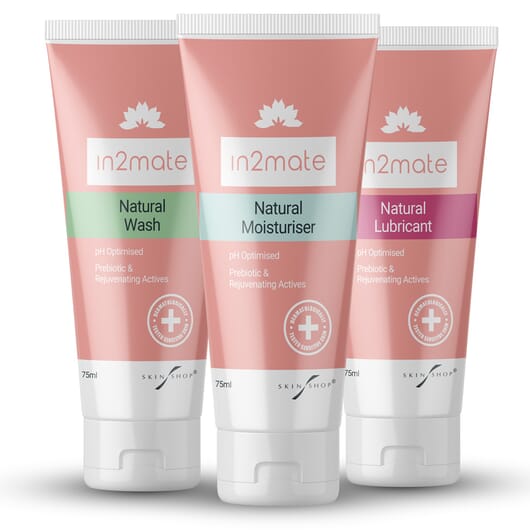A new study (1) has found that increasing levels of beneficial vaginal microbiota can decrease the prevalence of four of the most common gynaecological issues, including UTI’s (urinary tract infections) BV (bacterial vaginosis) thrush (candida yeast infection) and menopausal dryness and atrophy.
The study highlighted how increasing the levels of good bacteria in the vagina had a protective effect against several of the most common troublesome and uncomfortable gynaecological conditions that plague millions of women.
BV (bacterial Vaginosis)
According to the latest statistics (2) BV affects up to almost 30% of the female population globally.
BV results from an imbalance between good and harmful bacteria and causes itching and irritation and a fishy vaginal odour. More specifically, BV is linked to an overgrowth of pathogens such as Gardnerella spp., Prevotella spp., Mobilincus spp., Megaspahera spp and Sneathea spp. The exact cause of this imbalance is not known but has been associated with washing the vagina with products that contain chemical and perfumes that are disruptive to the delicate microbiota balance of the vagina and having unprotected sex with a new or several sex partners.

BV increases the risk of acquiring other STI’s (sexually transmitted infections) and if left untreated can lead to adverse effects of pregnancy.
The new study found a significant link between increasing levels of beneficial vaginal flora and a diminished growth of harmful vaginal bacteria. An increase in good vaginal, particularly Lactobacillus strains, helps increase production of lactic acid and other substances that inhibit the growth of pathogenic microbes.
UTI’s (urinary tract infections)
About 40% of women will experience at least on e UTI in their lifetime (3)
A UTI occurs when bacteria enter the bladder, usually through the urethra (urine tube), and begin to multiply.
Urine contains fluids, salts and waste products but is sterile or free of bacteria, viruses and other disease-causing organisms. A UTI occurs when bacteria from another source. The most common bacteria found to cause UTIs is Escherichia coli (E. coli). Other bacteria can cause UTI, but E. coli is the culprit about 90% of cases.

An untreated UTI can move up to the kidneys and cause an even more serious infection and can quickly lead to sepsis which can be fatal. Sexually active women, pregnant women and menopausal women are at increased risk for UTI.
The use of antibiotics to treat UTI’s contributes to antibiotic resistance, both among uropathogenic microorganisms and other bacteria in the body. Antibiotic resistance in uropathogens is now a recognized issue, with repeated antibiotic treatments in women with recurrent UTI’s playing a major role in its development. This overuse of antibiotics also negatively affects the normal vaginal microbiota.
The new study found that increasing good vaginal skin flora helped prevent and treat recurrent urinary tract infections by increasing levels of the beneficial bacteria lactobacilli.
Thrush (candida yeast infection)
Statistics estimate (4) that approximately 75% of women will experience thrush as some point in their lives. 6% of suffers experience recurrent infections Studies indicate that the incidence of recurrent thrush is set to rise to an estimated 158 million women by 2030.

Thrush is caused by the overgrowth of the fungus Candida and causes itching, irritation and a white thick discharge, soreness and damage to the vaginal skin.
The risk of thrush increases in menopausal women and women taking hormone replacement therapy and antibiotics.
The new study found that increasing the levels of beneficial vaginal flora helped to maintain a vaginal pH of approximately 4.5 level that had a preventative effect on the growth of the candida yeast.
Menopausal Vaginal Dryness & Atrophy
Vaginal dryness is a common symptom of menopause. Statistics estimate (5) that around 50% of menopausal women will experience vaginal dryness. Menopause also makes the vaginal tissue thinner and less elastic (known as vaginal atrophy).
Vaginal dryness causes multiple symptoms from soreness, to itching. It also commonly causes pain during sex and can also increase the risk of UTI’s and STI’s.

The new study found that increasing levels of beneficial vaginal flora alleviated and improved all these symptoms by strengthening the genital epithelial barrier to improve water retention and elasticity in vaginal skin.
Venereologist Dr Eva Melegh suggests 6 ways to increase beneficial vaginal bacteria to help boost the body’s natural defences against these common gynaecological issues;
1. Take an oral probiotic
The new study highlights the beneficial role that oral supplementation with probiotics can play on increasingly good vaginal skin bacteria. Taking a daily probiotic that contains Lactobacillus acidophilus, Lactobacillus casei, Lactobacillus reuteri and Lactobacillus plantarum could help improve levels of vaginal good bacteria. Live probiotics are generally viewed as being more effective.

2. Use intimate skincare that boosts beneficial vaginal bacteria
Intimate skincare can also help boost good bacteria in the vagina via prebiotics. Prebiotics are essentially the ‘food’ that feeds good bacteria and so by using daily intimate skincare with prebiotic ingredients.
Try In2mate skincare which includes an intimate moisturiser, a vaginal wash and a daily use internal natural lubricant all of which contain a prebiotic ingredient specifically formulated to boost the growth of beneficial vaginal bacteria and is also over 99% natural and maintains the vaginal pH at 4.5 which helps prohibit the growth of candida.
3. Avoid perfumed intimate products
Perfumes and chemicals in many intimate skincare products, as well as flavoured sexual aide products, or in general shower gels and soaps can have a destructive and damaging effect on the more fragile strains of good vaginal bacteria and are best avoided permanently.
4. Take care to wash off intimate sweat
Sweat build up in the intimate area can lead to minor skin reactions and itching which can cause micro damage to the delicate vaginal skin barrier and allow bad ski bacteria to enter more easily and begin to multiply.

5. Consider HRT, bio identical HRT and topical oestrogen
Menopause poses a higher risk of depleted beneficial vaginal flora resulting in vaginal dryness and atrophy. All forms of HRT combined oral supplements, bio identical equivalents and topical vaginal creams and pessaries can help with boosting good bacteria in the vagina by restoring levels of oestrogen which helps vaginal skin to retain more moisture, with better blood flow and improved elasticity.
6. Limit reliance on antibiotics
Taking too many antibiotics, especially for gynaecological issues, can have a destructive effect on the growth of beneficial vaginal bacteria. While you should always take antibiotics if you are at risk of serious infection, they should not be viewed as a hassle-free ‘quick fix’ and trying to seek alternatives or taking strategic preventative action for recurring infections can help limit the reliance on antibiotics.
Refs
https://pmc.ncbi.nlm.nih.gov/articles/PMC12009168/
https://www.who.int/news-room/fact-sheets/detail/bacterial-vaginosis
https://www.ucsfhealth.org/conditions/urinary-tract-infections
https://www.webmd.com/women/vaginal-dryness-causes-moisturizing-treatments
















